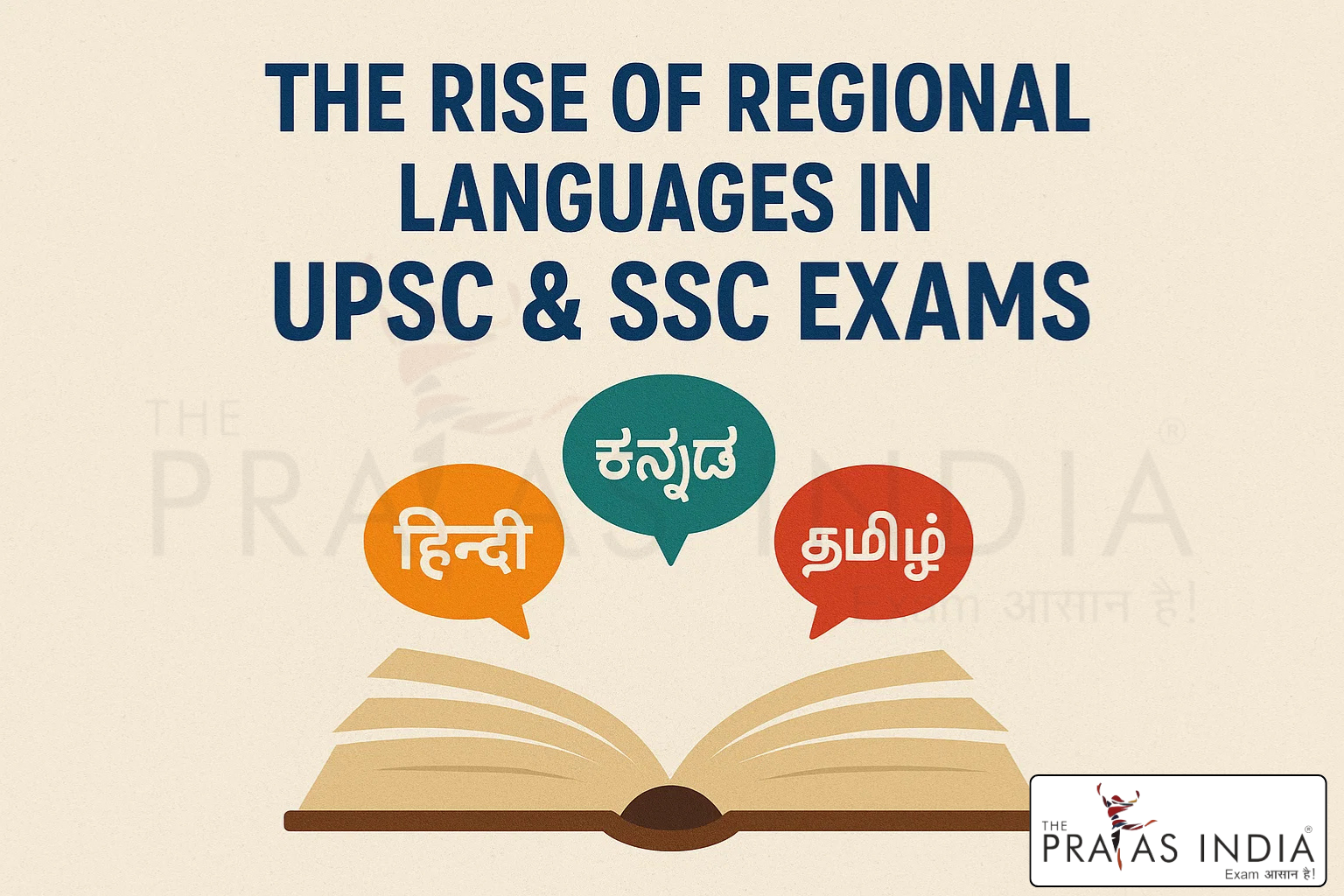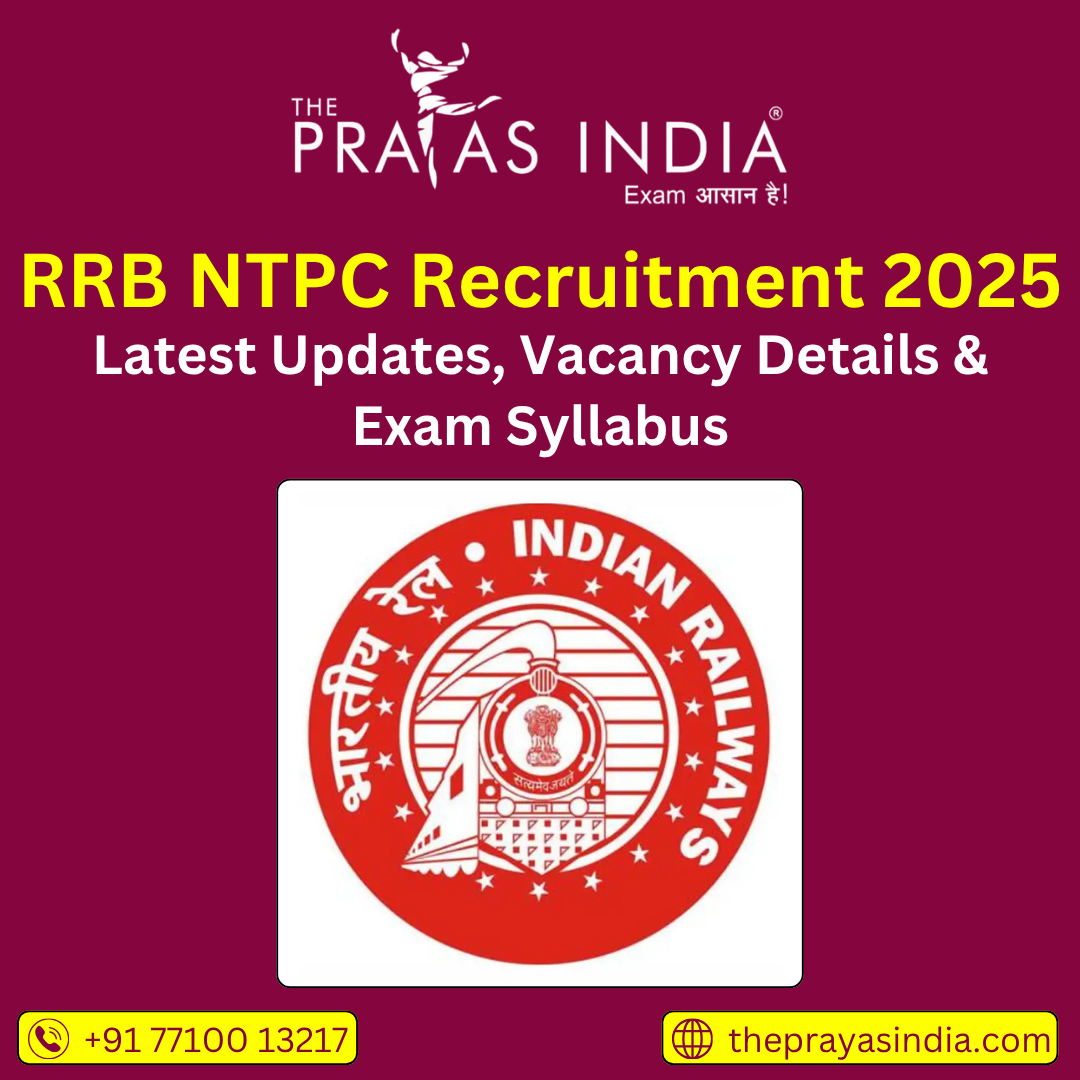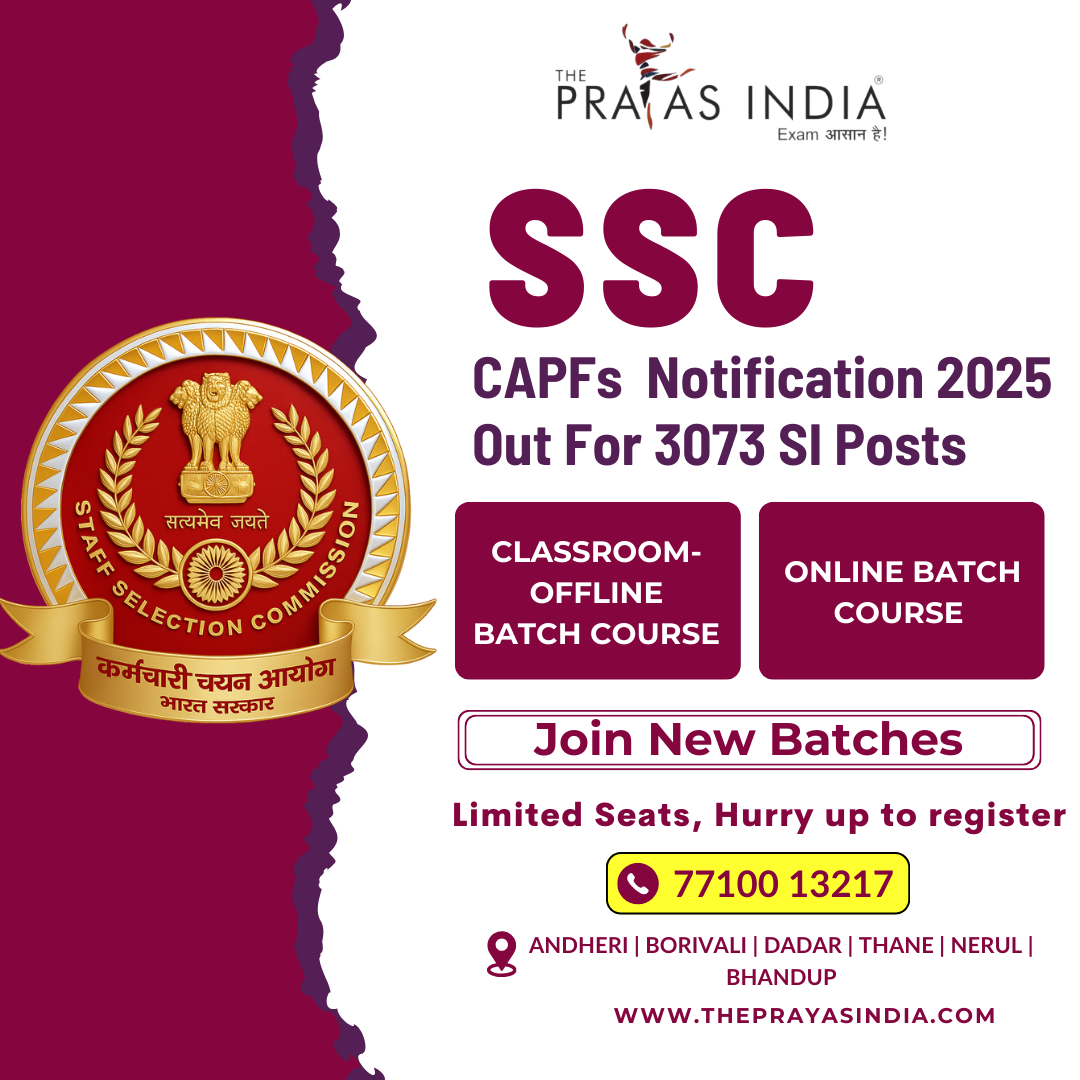The Rise of Regional Languages in UPSC & SSC Exams: A Game Changer for Aspirants Across India
Introduction
In recent years, the growing inclusion of regional languages in India’s top government exams such as UPSC (Union Public Service Commission) and SSC (Staff Selection Commission) has marked a significant shift in the country’s education and examination landscape. With India’s linguistic diversity being one of its core cultural identities, this transition toward regional language inclusivity is more than just a change in medium—it is a socio-cultural transformation that enhances accessibility, representation, and fairness in competitive examinations.
This change not only empowers millions of non-English-speaking aspirants but also aligns with the goals of the National Education Policy (NEP) 2020, which emphasizes mother tongue-based learning and equitable opportunities across linguistic lines.

Policy Changes Supporting Regional Languages in Competitive Exams
Several policy interventions and judicial recommendations back the movement toward regional language inclusion. Some notable developments include:
-
UPSC allows candidates to write Mains papers in 22 scheduled languages listed in the Eighth Schedule of the Constitution.
-
SSC, RRB, and banking exams have expanded language options for Tier-I and preliminary papers.
-
The NTA (National Testing Agency) is gradually introducing multilingual support in national-level exams like CUET, UGC NET, and others.
-
NEP 2020 recommends bilingual or mother tongue-based testing, especially in the early and mid-stages of education.
Why This Matters: A Path to Equal Opportunity
India is home to 22 officially recognized languages and hundreds of dialects. Yet for decades, most national-level exams have been conducted primarily in English and Hindi. This posed a significant challenge for aspirants from rural areas, tribal belts, and southern and eastern states, who may not be fluent in these languages but are equally capable and knowledgeable.
By offering exams in regional languages, institutions are:
-
Reducing the urban-rural divide
-
Enhancing inclusivity for marginalized communities
-
Encouraging diverse talent from across linguistic regions
-
Reducing the linguistic bias often felt by non-Hindi or non-English speakers
This move also boosts the morale of aspirants and their families, as it reinforces confidence and ownership of language identity in academic and professional domains.
Challenges and Criticism
Despite the benefits, the implementation of regional languages in exams does come with certain challenges:
-
Translation quality remains inconsistent, sometimes leading to ambiguous questions.
-
Answer evaluation standards may differ between languages.
-
Resource availability such as books, test series, and mentorship is still lacking in many regional languages.
-
Digital content and mock tests are largely dominated by English and Hindi platforms.
To address these, government agencies and coaching institutions must work together to develop high-quality regional content and ensure parity in assessment standards.
Impact on Coaching and Learning Ecosystem
The rise of regional languages has reshaped the coaching industry as well. Institutions like The Prayas India are increasingly offering:
-
Bilingual coaching modules
-
Regional language mentorship
-
Study materials and notes in Tamil, Telugu, Marathi, Bengali, Kannada, and other languages
-
Mock test series and current affairs resources in multiple languages
This transformation allows aspirants to learn in their comfort zone, which can directly improve comprehension and retention—two critical factors for success in exams like UPSC, SSC, Banking, and State PCS.
Case Examples of Language Impact
-
UPSC 2022 and 2023 saw a rise in candidates opting for regional languages, especially in states like Maharashtra, Tamil Nadu, Andhra Pradesh, and West Bengal.
-
Several top rankers in recent years have cleared UPSC using regional language mediums, proving that language is no longer a barrier to success.
-
SSC MTS and CHSL exams now offer questions in 13 regional languages, a major relief for candidates from non-Hindi-speaking backgrounds.
Relevance for Exam Aspirants
For competitive exam aspirants, this trend is both empowering and strategic. Here’s how:
-
Builds confidence in expression and writing skills
-
Enables better articulation of thoughts in Mains and descriptive papers
-
Removes dependency on English-centric coaching and materials
-
Encourages more grassroots participation in national exams
Students preparing in regional languages should focus on building strong vocabulary, essay skills, and optional subject proficiency in their chosen language.
Conclusion
The rise of regional languages in UPSC and SSC exams is indeed a game changer, not just for the examination system but for the broader vision of inclusive nation-building. It validates the linguistic richness of India while ensuring that no capable candidate is left behind due to language limitations.
As this transformation continues, the need for quality regional coaching, content, and guidance will rise sharply. Institutions like The Prayas India are committed to being at the forefront of this movement—empowering students in every language, from every region.









